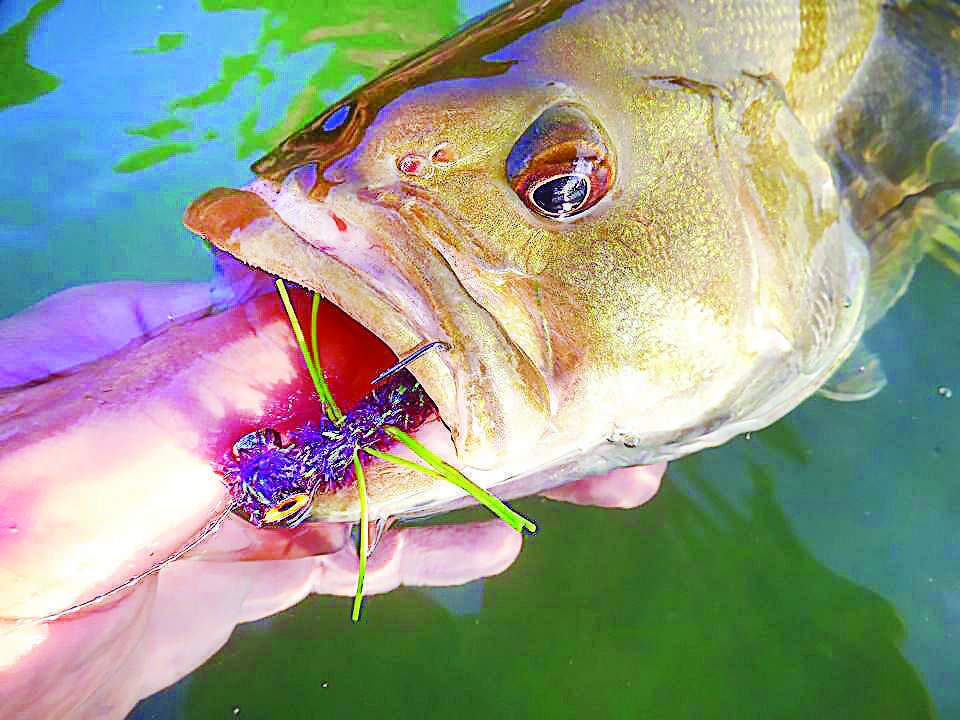Fly Rods And October Smallies
Joseph Albanese
I’ve always had a love affair with the salt, and probably always will. I grew up on the coast, in an area with little in the way of freshwater, save for a couple of sumps that held the occasional largemouth bass, carp and some oversized goldfish (yes, I said goldfish). So it might come as no surprise that I pointed my Huffy toward the nearest back bay, 8-weight securely sheathed in a backpack, in pursuit of striped bass, weakfish and blues. To this day I am still drawn to the salt marsh, and can smell a pod of menhaden a mile away despite having one the worst sense of smells of anyone I know.
I did spend more than my fair share of time chucking flies at the local duck pond, however. It was there I learned the importance of precision casts, as the local carp would refuse any offering that wasn’t placed just right. And forget it if your fly didn’t land with just the right amount of finesse. Every fish in the pond would be down for the better part of the afternoon. There I also learned the importance of keeping a low profile, as ponds surrounded by concrete offer little in the way of cover when it comes to stalking fish.
It wasn’t until my family started taking vacations in New Hampshire did I discover Micropterus dolomieu, or smallmouth bass. It was then a new love affair kindled. It took hooking just one to fall head-over-heels in love with this scrappy fighter. With bulldog runs and spectacular aerial maneuvers, what wasn’t to like? They will hit a Woolly Bugger or a frog popper with equal abandon. Whether your preference for flies runs from tightly spun deer hair that imitates the exact coloration of the frogs in that particular pond, or a store-bought popper body dressed with some saddle hackles, these scrappy fighters are sure to oblige your offering if presented well.
The first couple of weeks of October can be primetime for smallmouths, as well as most warm-water species. This usually is the time when indian summer occurs, a period that the U.S. National Weather Service defines as a time with weather conditions that are sunny and clear with above normal temperatures, usually occurring after a cold front. This drop and following rise in temperatures is a signal that winter is fast approaching, and it is time to put on some calories as quickly as possible. Cooler water temps also lure fish from the depths they were in to escape the summer’s heat.
Tackle selection is simple. I prefer rods in the 6- to 8-weight line classes, and around 9 feet in length for both still water and river fishing. If I am primarily tossing streamers, which is the case in all but the slowest moving streams, then I will rely on the 6-weight. For bulkier flies, such as deer hair poppers or large jointed streamers, I will step up to the 8-weight. Leader selection also varies by fly choice, with wind-resistant flies being secured with 0x or heavier. Smaller flies, like streamers in the size 4 to 8 range will get tied to 3x or so. Fly selection is simple, with almost any streamer or popper getting crushed in the wanton pursuit of calories. Having said that, they have a fondness for crayfish, so if your local honey-hole contains these crustaceans you would be well-served to bring some patterns with you.
[easy-social-share]
